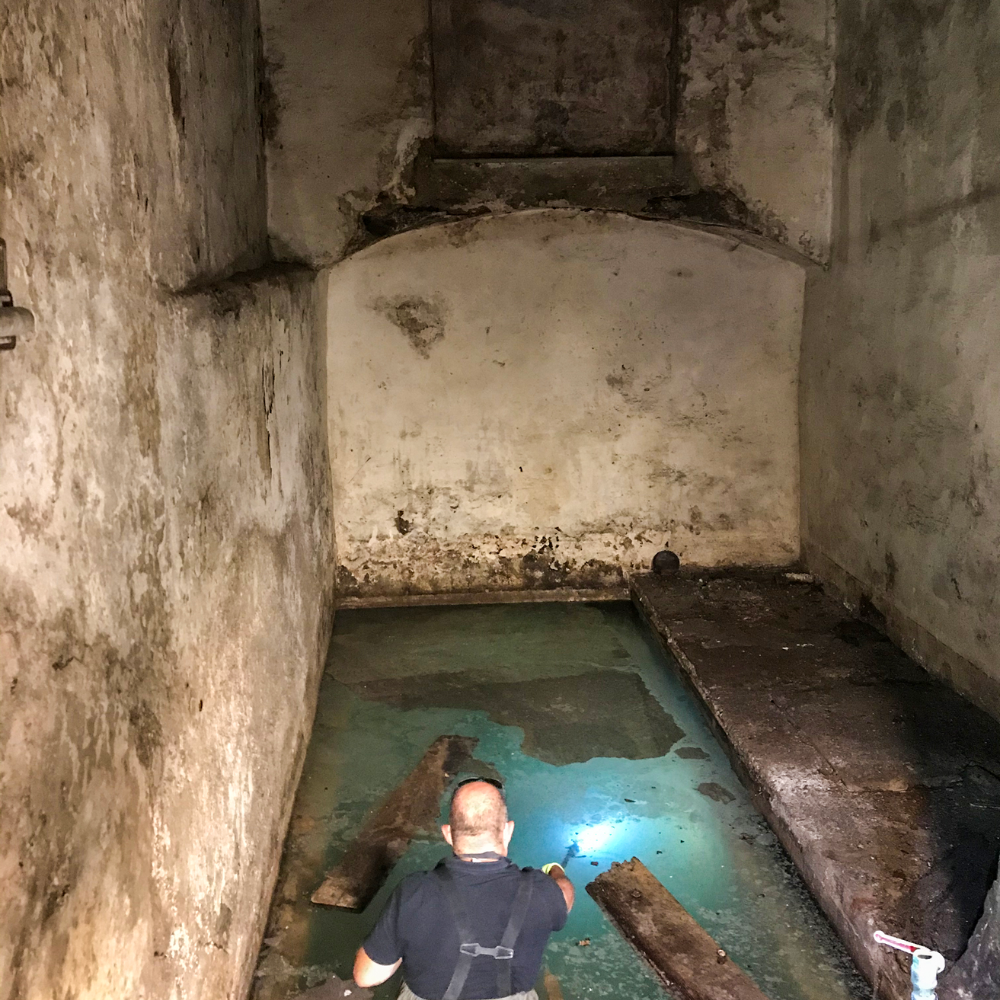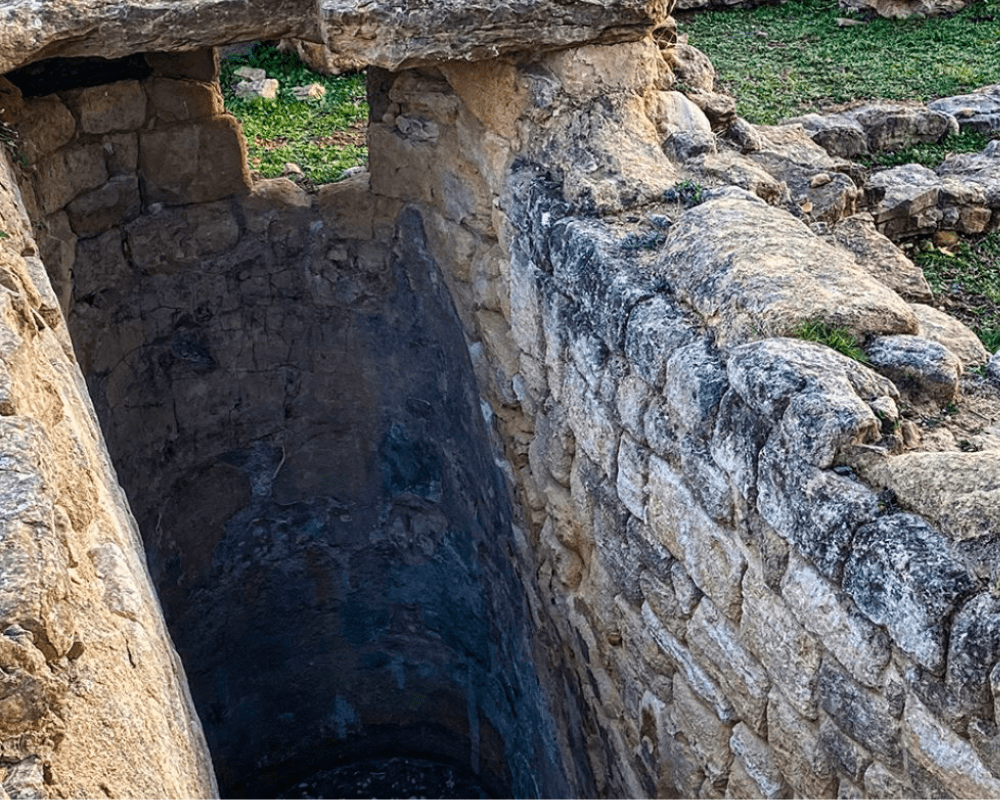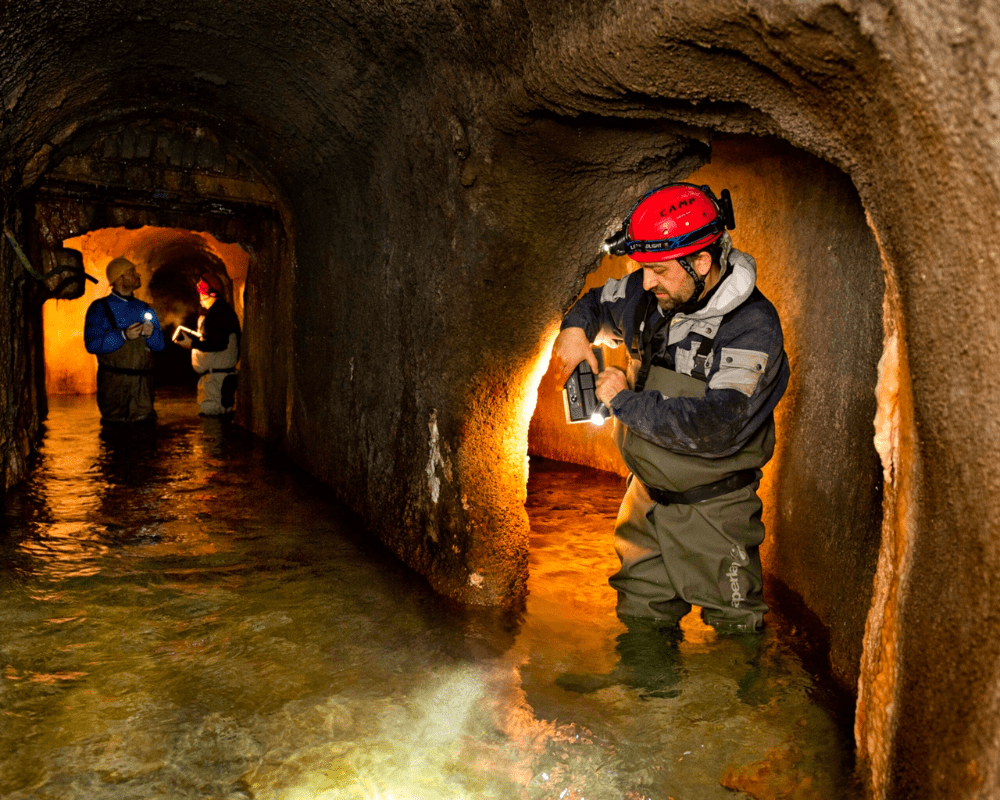
If you’ve been to the hill of Posillipo in Naples, Italy, you might have noticed a small club called Arco del Medusa. It was built at the end of the 19th century, and it’s one of the coolest places in town. But you might not have known that there are some tunnels under the hill that were once used by the Romans. Well, now they’ve been explored, and it was found that they used to be an ancient Roman aqueduct that served elite Roman villas.
The Famous Aqueducts

The caves are the famous aqueduct of Rome, which was built between 300 B.C. and 200 A.D. It was used to circulate water for different uses around the city, be it for bathing, drinking, or public fountains. These aqueducts were only a small part of the huge Roman water system; the rest is still underground and unexplored. Even though archaeologists have researched a lot of these aqueducts, there are a few, like the Aqua Augusta, that have yet to be thoroughly studied.
Aqua Augusta
Built between 30 B.C. and 20 B.C., Aqua Augusta covered approximately 140 kilometers and connected the water supply of luxury villas and suburban outposts in the Bay of Naples. According to the research of a non-profit group, the Cocceius Association, there is a branch of the aqueduct that carried water to the island of Nisida and to the hill of Posillipo. According to the president of the Cocceius Association, Graziano Ferrari, exploring the aqueducts is not an easy job; you require caving experience as there are a lot of thrones at one entrance, and you have to crawl your way as well. Fortunately, wearing throne-proof suits helps a lot. But once you reach the tunnel, it is quite nice. Here, there was a cold and fresh breeze through the tunnels due to the Augusta channel’s close proximity to the surface.
Future Research Prospect

Rabun Taylor, who is a professor of classics at the University of Texas at Austin, shared his opinion on how the part of Augusta supplied water to elite Roman villas and met several water demands. He said that the new discovery can help them understand the climate there over the years based on the deposit of a calcium-rich mineral, lime. Graziano Ferrari and Raffaella Lamagna (the Coccineus Association’s vice president) stated in their new report that they will be able to accurately predict ancient water flow and understand the eruptive episodes that created Posillipo Hill.